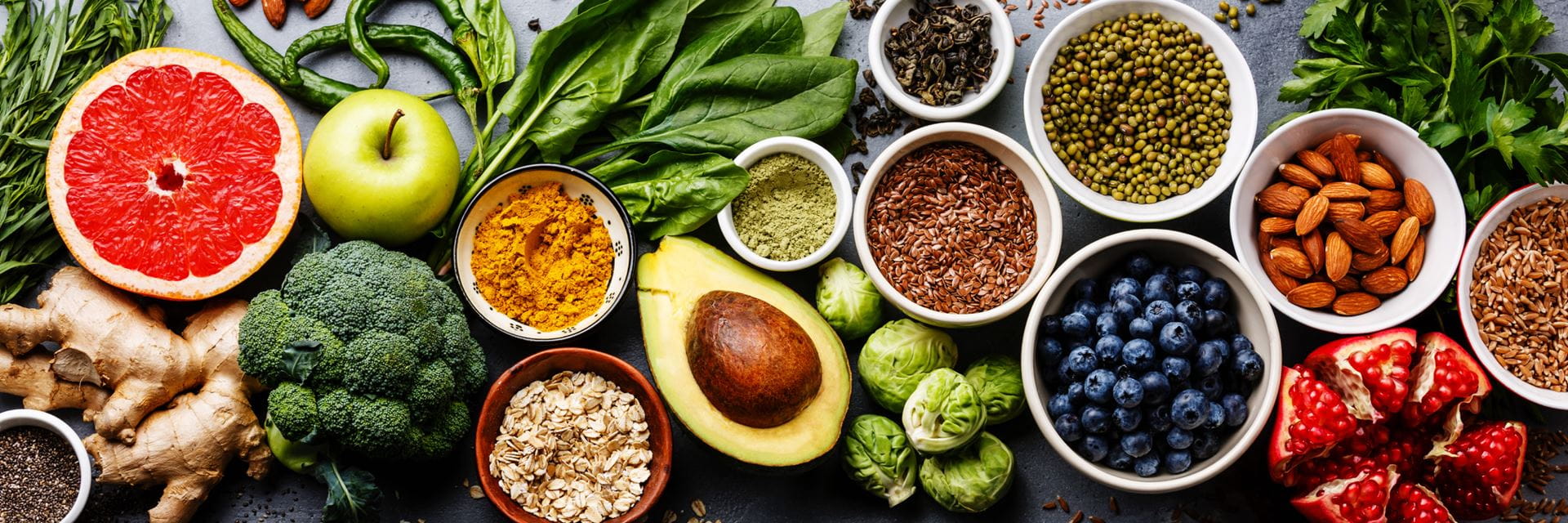Of all the vitamins, vitamin D is perhaps the easiest one to take for granted. Its benefits are, of course, vital – it maintains teeth and bones* and plays an important role in the immune system** – yet when one of the sources of vitamin D is sunlight, we don’t always need to make an effort to get enough. But what if you’re not able to spend much time outside, and what happens when the summer is over?
Luckily, finding sources of vitamin D in food isn’t all that hard. We’ve compiled a handy list of vitamin D sources below, so you don’t have to worry when autumn (always particularly eager) comes along.
Luckily, finding sources of vitamin D in food isn’t all that hard. We’ve compiled a handy list of vitamin D sources below, so you don’t have to worry when autumn (always particularly eager) comes along.
Good sources of vitamin D
There are plenty of natural sources of vitamin D, but also products with added vitamin D, as you’ll find on this list. Ready? Let’s go.
- Salmon. Along with the other three fish in this list, salmon is what is known as an ‘oily fish’: a name for a few (very delicious) fish families that are sources of ‘good’ unsaturated fats***. The NHS recommends eating one portion of oily fish a week – make it a 85g salmon fillet, and you’ll get 6.2µg vitamin D, over half of the recommended daily intake. In need of recipe inspiration? Check out our smoked salmon recipe ideas.
- ProActiv spread with vitamin D. Delicious on your morning toast or melted over vegetables, our ProActiv spreads contain 0.75μg of vitamin D per serving****.
- Egg yolk. Good news: one large, raw egg yolk contains 2.3μg of vitamin D, which means your beloved morning eggs, whether poached or boiled, are good for about a tenth of your RDA.
- Tuna. Fresh tuna is a good source of vitamin D too, with 3.8µg per 120g (typical tuna steak size) . Lovers of tinned tuna will be sorry to hear that (being less fresh), this isn’t quite as good a source 0.55ug per portion (50g). Not sure how to cook fresh tuna at home? Try the delicious tuna steak and jewelled rice recipe here.
- Trout. Yes, more fish! Trout fillet contains 8.5g vitamin D per 120g fillet. We recommend trying it baked with flaked almonds.
- Mackerel. This rich fish packs a powerful favour punch, offers 9.5µg per 112g fillet, and is incredibly tasty when barbecued. Find our recipe (with lemony garlic potatoes and fresh samphire) here.
And there you have it! Six delicious foods that can all be considered dietary sources of vitamin D. Adding these to your diet will contribute to keeping your vitamin D levels up during the cold winter months. That said, getting enough vitamin D by consuming these foods alone can be difficult, which is why the NHS recommends everyone to take daily supplements containing 10mcg of vitamin Dduring the autumn and winter months.
Looking for more advice on getting a healthy lifestyle? Download our Cholesterol Lowering Starter Kit today, and get expert tips and healthy eating advice for free.
*Vitamin D contributes to normal absorption of calcium and phosphorus, and contributes to the maintenance of normal bones and teeth.**Vitamin D contributes to normal blood calcium levels, muscle function and immune system.***Replacing saturated fats with unsaturated fats in the diet has been shown to lower/reduce blood cholesterol. High cholesterol is a risk factor in the development of coronary heart disease
